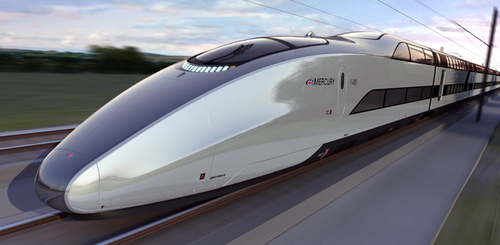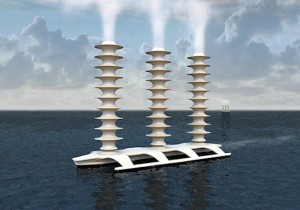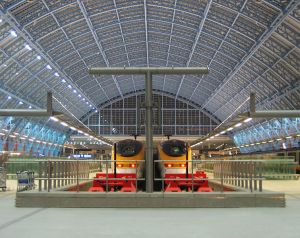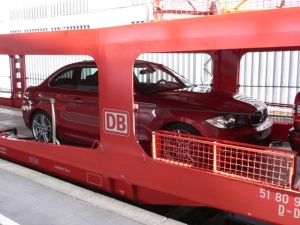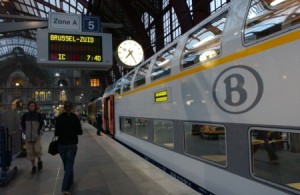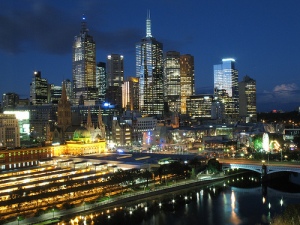Fuel Economy Run
Today I had to drive from my home in Antwerp, Belgium up to Bennekom in the Netherlands to visit my Citroën which is being repaired there. This is a round trip of 315kms and I thought, just for fun, that I might try an economy run to see what figures I could achieve in the BMW 123d. Those of you that know me or have read my previous posts about driving round the Nürburgring and on German autobahns might think it strange that I would want to drive slowly and economically. But I like a challenge and I’m also a little bit cheap so saving some fuel money is never a bad thing.
My goal was to beat the manufacturer’s claim of 5.2litres/100km (54MPG Imperial/45MPG US). This is a combined cycle claim so beating it on a trip consisting of 95% motorway should be easy but these claims are generally wildly optimistic and recorded under optimal conditions in a lab and therefore I wasn’t sure it would be possible. My average combined fuel consumption before I set off was 7.9litres/100km, a far cry from 5.2litres, and an indication that I had my work cut out for me. However it is worth noting that I drive everywhere at warp 5 with little or no regard for fuel consumption and, as this blog post will show, the most important factor in fuel economy is driving style.
I initially planned to brim my fuel tank with diesel so I could do a more accurate calculation but the service station near my house had a queue and I don’t queue. So instead I just zeroed the trip computer and headed off with less than half a tank of diesel and the trip computer showing a remaining range of just 220kms, a figure based on recent driving history. It looked like I would need to fill up enroute pending a miracle. As it was after 10am traffic on the Antwerp Ring was light and I eased out into the middle lane trying to resist the urge to mash the accelerator into the floor. Initially things weren’t looking good with a figure of around 5.5l/100km showing on the display. However, once I settled down to a comfortable 110kph that figure started to drop slowly but surely until it dropped under 5.0l/100km. Maybe it was going to be possible after all.
The thing about driving super-economically is that it requires a lot of concentration. The thing you absolutely want to avoid is braking as this just wastes your kinetic energy away in the form of heat (in most cars anyway) and this means that you need to plan far ahead, watching for trucks that might pull into your path, watching for slowing traffic up ahead, and trying to avoid having to stop quickly for a red light. It is much better to take your foot off the accelerator and coast in gear if you notice slowing traffic up ahead than it is to brake at the last second. Modern petrol and diesel engines use precisely zero fuel when they are in overrun i.e. when you are coasting in gear and using the engine resistance to decelerate. It is much better to let the engine slow you down than to put your foot on the clutch and use the brakes.
The other enemy of the economical driver is the hill. Fuel consumption when climbing a hill is understandably much higher than driving on the flat. Happily for me, I was driving in the Netherlands which is completely and utterly flat. So flat that the altimeter in my car showed 0 metres above sea level for almost the entire trip. The highest we got was 10 metres above sea level and that was while crossing a huge bridge over a canal. Methinks that real estate purchases in the Netherlands won’t be such a great investment in the event of sea level rises. Although there were no hills on my journey, there were a lot of bridges so I would gradually build up some extra speed before the bridge then allow the speed to decrease slightly as I went up the incline. Trying to maintain a constant speed up an incline will double your fuel consumption. And any speed that you have lost on the way up can be regained on the way down without penalty.
After an hour or so I had worked out that around 110kph was the sweet spot for economy. I could maintain that speed with an instantaneous fuel consumption figure of 3.5l/100km. Going even 10kph faster would push that figure above 4.5l/100km and going slower would start to hold up traffic and that is not practical. My combined figure after an hour was 4.6l/100km and I really wasn’t doing anything special other than driving with a very sensitive foot on the accelerator. I experimented with using the cruise control but found I could get the figures lower myself. Cruise control can’t anticipate traffic conditions or changes in elevation and is a bit of a blunt instrument. I should note that I did make one concession to fuel economy. As it was not a particularly hot day I turned off the A/C and just left the vents open to fresh air. This can make a big difference.
When it comes to economy, the BMW has a few tricks up its sleeve. It has a gear change indicator which shows the optimal point to change up and down and tells you which gear you should be in. It also has an alternator which disconnects from the engine except when you are decelerating so that it never uses fuel to charge the battery. It uses regenerative braking as well to capture some of that kinetic energy which would normally be lost as heat when braking. When you are driving in town it also automatically stops and starts the engine at traffic lights. The standard tyres are low rolling resistance tyres which also aids in fuel economy but I actually replaced mine with regular performance tyres as I didn’t like them so I might have reduced my fuel economy chances there slightly. And instead of using hydraulic power steering which uses a pump running off the engine it has electric power steering which is powered by the battery. All these things, plus the fact that it is an incredibly efficient diesel, add up to a noticeable improvement in fuel economy. Bravo.
I arrived at my destination with the display showing 4.5l/100km and feeling relaxed on account of the fact that I had been taking it easy just cruising along and I didn’t need to be constantly on the lookout for speed cameras. Maybe I don’t always need to drive like my hair’s on fire…
My trip home was similarly uneventful although traffic was a little heavier resulting in a few annoying stops and the resulting increase in consumption as I accelerate again. However, by the time I arrived back in Antwerp, the trip computer was proudly displaying a combined figure of 4.4litres/100km (64MPG Imperial/53MPG US). This is not bad for a car that has 204 horsepower and 400Nm of torque, can accelerate to 100kph in 7 seconds and will hit 250kph on the nearest available autobahn. In my opinion it could be a lot better too were it not for the fact that it is a relatively heavy car for its size. My biggest hope for the next generation 1 series is that BMW will invest in weight-saving.
I achieved these figures simply by driving conservatively and turning off the A/C. I imagine it would be possible to drastically slash the consumption even more if one employed hardcore hypermiling techniques like slipstreaming trucks but I’m more interested in the practical everyday possibilities.

